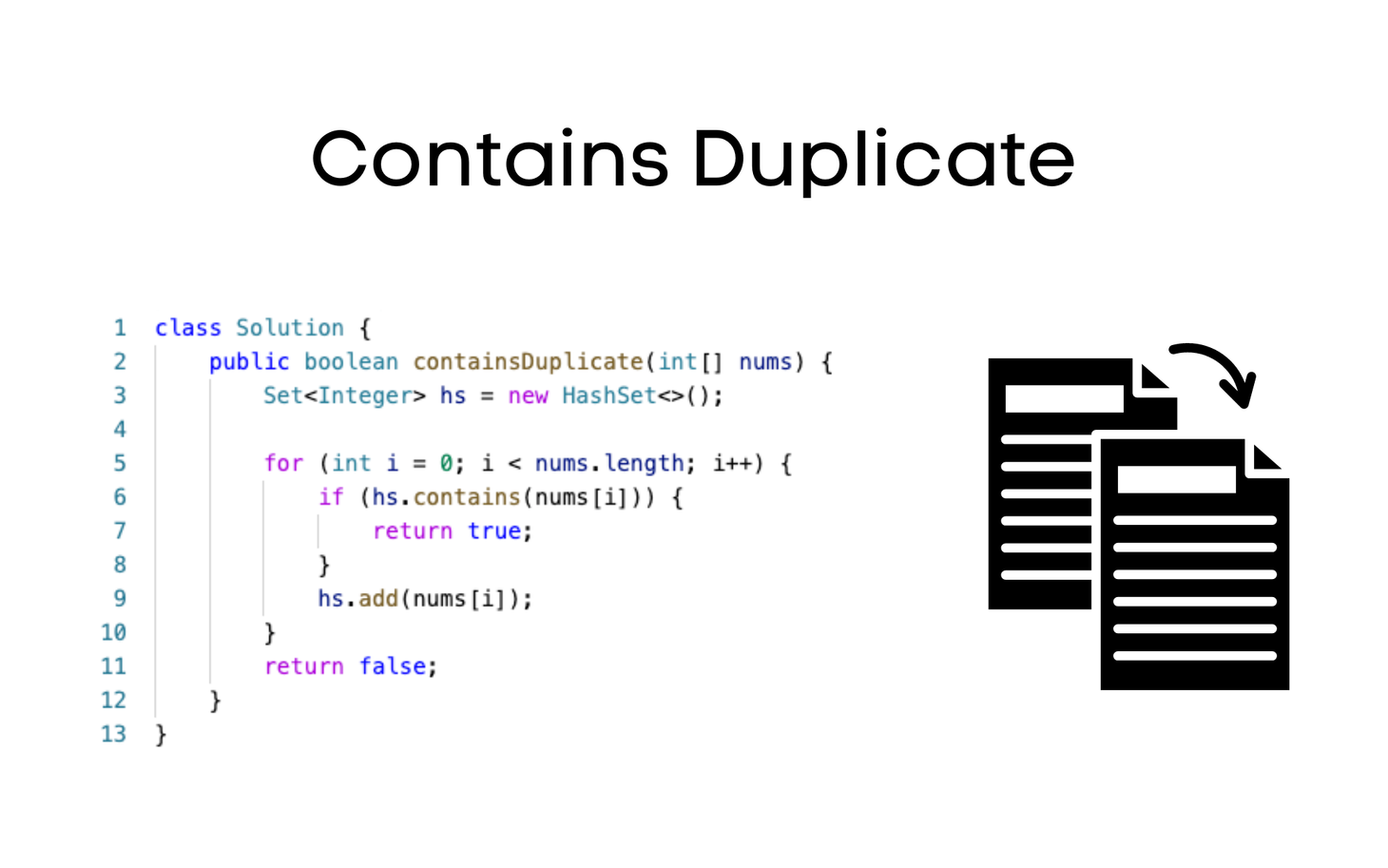Improving Problem-Solving Skills in Data Structures and Algorithms.
Learn how to organize and manipulate data, and create optimized algorithms for complex problems in this lesson.
Table of Contents
Introduction
Data structures and algorithms form the foundation of problem-solving in computer science and software engineering. They provide efficient ways to organize and manipulate data and offer optimized algorithms to solve complex problems.
By evaluating a candidate's understanding of these concepts, interviewers can gauge their ability to analyze problems, devise algorithms, and implement effective solutions.
Strong problem-solving skills are highly valuable in software development roles as they indicate a candidate's capability to approach challenges, think critically, and develop innovative solutions. Assessing problem-solving skills through data structures and algorithms helps interviewers identify candidates who can effectively tackle real-world programming challenges.
Required skills
Improving problem-solving skills in Data Structures and Algorithms (DSA) is essential for tackling complex programming challenges effectively. Here are some strategies to enhance problem-solving abilities in DSA:
- Understand DSA fundamentals: Develop a strong foundation in DSA concepts, including data structures, algorithms, time and space complexity, and problem-solving paradigms. This understanding provides the groundwork for effective problem-solving.
- Practice algorithmic thinking: Regularly practice breaking down problems into smaller components, identifying patterns, and devising algorithmic approaches. Solve a variety of DSA problems to strengthen analytical thinking and algorithm design skills.
- Learn from existing solutions: Study and analyze well-established algorithms and data structures. Understand their logic, time complexity, and the problems they solve. Review open-source implementations to gain insights into best practices and optimization techniques.
- Implement and test algorithms: Implement algorithms and data structures from scratch to reinforce understanding. Verify their correctness and efficiency using test cases. Experiment with different inputs and edge cases to comprehensively understand their behavior.
- Solve diverse problem types: Explore problems from different domains, such as searching, sorting, graph traversal, dynamic programming, and more. Engage with various problem types to broaden your problem-solving repertoire and develop a versatile skill set.
- Collaborate and discuss: Engage in discussions with peers, participate in coding challenges, and join online communities focused on DSA. Collaborative problem-solving exposes you to different perspectives, alternative approaches, and constructive feedback, fostering growth and learning.
- Analyze time and space complexity: Learn to evaluate and analyze the efficiency of algorithms in terms of time and space complexity. Understand how different algorithmic choices impact the scalability and performance of your solutions.
- Reflect and improve: Review your solutions after successfully solving a problem. Identify areas for improvement, analyze trade-offs, and seek opportunities to optimize your code and algorithms. Embrace a mindset of continuous improvement.
- Engage with resources: Utilize books, online tutorials, coding platforms, and educational resources dedicated to DSA. These materials can provide structured learning paths, practice problems, and additional insights into problem-solving strategies.
- Stay updated: Follow the latest trends, research, and advancements in DSA. Attend workshops, webinars, and conferences to stay informed about new algorithms, data structures, and optimization techniques.
By consistently practicing and honing problem-solving skills in DSA, individuals can become adept at approaching complex programming challenges, developing efficient algorithms, and implementing scalable solutions. Continuous learning, hands-on practice, and an analytical mindset are key to becoming a proficient problem solver in DSA.
Gopi Gorantala Newsletter
Join the newsletter to receive the latest updates in your inbox.


